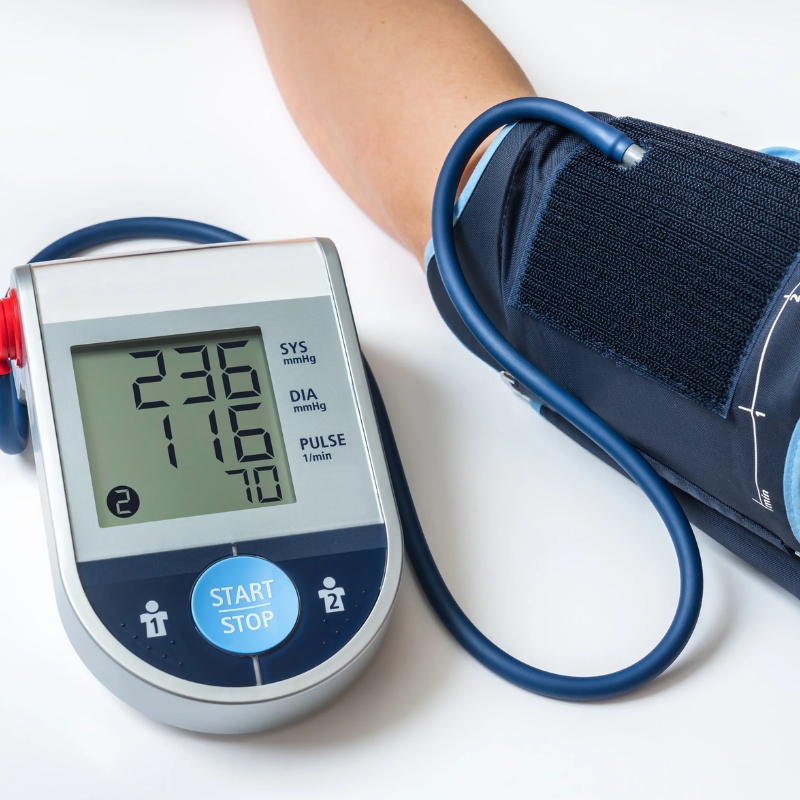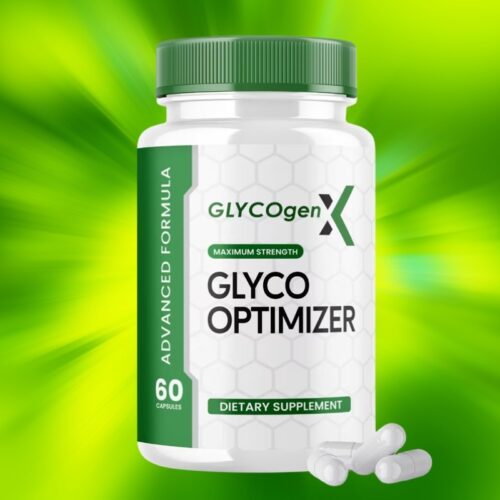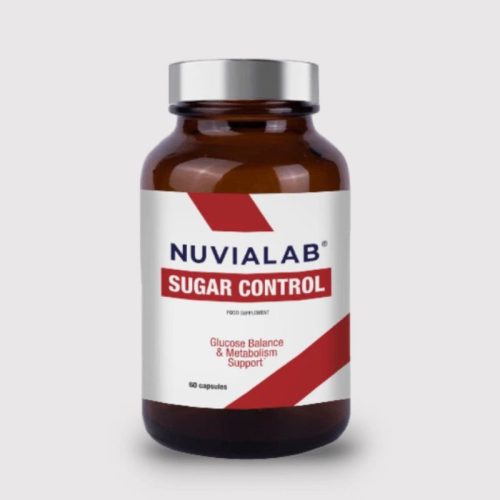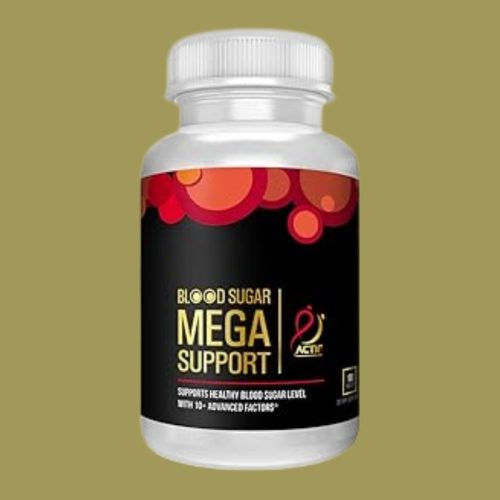Experience fast, natural relief with the 60 Second Trick to Lower Blood Pressure, a simple, doctor-reviewed method designed to help calm your body and support healthy blood pressure naturally. In just one minute a day, this easy-to-follow breathing technique activates your body’s relaxation response, helping to reduce stress, ease tension, and promote better heart health. Perfect for busy individuals seeking a safe, non-invasive way to support wellness, it’s backed by science and effortless to practice anywhere. Choose the 60 Second Trick to regain balance, improve vitality, and take control of your cardiovascular health—naturally, effectively, and without medication.
Description
At Meridian Medical Centre, we believe that sustainable heart health thrives at the intersection of medical science and natural wellness. While prescription therapies play an indispensable role in managing hypertension, research continues to highlight how certain natural techniques—like controlled breathing—can complement conventional care to improve cardiovascular resilience.
The “60 Second Trick to Lower Blood Pressure,” popularized by wellness practitioners and increasingly supported by medical studies, centers on a deep breathing technique designed to rapidly calm the nervous system. More than just a relaxation method, it activates physiological pathways that directly influence vascular tone, heart rate, and blood pressure regulation.
This study-based review explores how this 60-second method works, the science behind it, and how it can be safely integrated into a broader, clinically responsible blood pressure management plan.
Understanding High Blood Pressure: The Silent Strain
High blood pressure, or hypertension, is often referred to as the silent threat because it develops gradually, without overt symptoms. Yet beneath this silence lies a growing pressure—literally—on arteries, the heart, kidneys, and brain.
When your blood flows through arteries with too much force, it stretches and damages delicate vessel linings. Over time, this accelerates arterial stiffness, impairs oxygen delivery, and increases the risk for heart attack, stroke, and kidney disease.
A blood pressure reading includes two values:
-
Systolic pressure (top number): The pressure when your heart beats.
-
Diastolic pressure (bottom number): The pressure when your heart rests between beats.
An optimal range is typically around 120/80 mmHg, while consistent readings above 130/80 mmHg signal early hypertension.
The World Health Organization (WHO) and American Heart Association (AHA) both recognize lifestyle factors—like diet, physical activity, and stress—as critical determinants of cardiovascular health. And among these, stress management stands out as a modifiable risk factor that is often overlooked.
This is where the 60-second deep breathing trick fits in—a remarkably simple tool for reducing physiological stress and lowering blood pressure through the power of controlled respiration.
The Physiology of the 60-Second Trick
The “60-second trick” is not a magic cure but a physiological intervention grounded in neuroscience and cardiology. It utilizes deep, slow breathing to activate the parasympathetic nervous system—the body’s natural relaxation network.
When the body perceives stress, the sympathetic nervous system triggers the “fight-or-flight” response, flooding the bloodstream with adrenaline and cortisol. These hormones cause vasoconstriction (narrowing of blood vessels) and increase both heart rate and blood pressure.
By contrast, slow and rhythmic breathing stimulates the vagus nerve, a critical component of the parasympathetic system. This gentle activation helps:
-
Slow down the heartbeat
-
Relax blood vessels
-
Improve oxygen exchange
-
Reduce circulating stress hormones
In short, breathing changes biochemistry. Within a minute of focused breathing, measurable reductions in blood pressure and pulse rate can occur—a finding repeatedly supported by peer-reviewed studies.
The 60-Second Deep Breathing Technique: Step-by-Step
To perform the 60-second deep breathing exercise correctly, follow these clinically supported steps:
-
Find a quiet, comfortable space.
Sit upright with your spine aligned, or lie flat on a supportive surface. Eliminate distractions so your focus remains on your breath. -
Relax your body.
Unclench your jaw, relax your shoulders, and close your eyes. Feel your muscles release any built-up tension. -
Inhale deeply through your nose for four counts.
Expand your abdomen as your lungs fill completely. This diaphragmatic breathing ensures oxygen reaches the lower parts of your lungs. -
Hold the breath for four counts.
This pause allows oxygen to fully saturate the bloodstream and engage the vagus nerve more effectively. -
Exhale slowly through your mouth for four counts.
Let out your breath evenly and completely, releasing stress and tension with each exhale. -
Repeat for 60 seconds.
Continue this rhythmic breathing pattern for a full minute, or longer if desired. With consistency, your body learns to associate this pattern with calmness.
Many practitioners recommend performing this two to three times daily—morning, midday, and before bed—to maximize benefits.
Why It Works: The Vagus Nerve and Heart-Brain Connection
The vagus nerve, extending from the brainstem through the neck to major organs, acts as the body’s internal communication superhighway. It influences heart rate, digestion, respiration, and immune response.
When deep breathing stimulates the vagus nerve, it sends signals to the brain that “all is well,” prompting a cascade of effects:
-
Reduced heart rate and blood pressure
-
Increased nitric oxide production (which dilates blood vessels)
-
Enhanced oxygen delivery
-
Lowered inflammation markers
This interaction between breathing and cardiovascular control has been documented in medical journals such as the American Journal of Hypertension and the Journal of Human Hypertension, which show that slow breathing at 6–10 breaths per minute can reduce systolic and diastolic blood pressure significantly—sometimes within minutes.
Clinical Evidence Supporting Deep Breathing for Hypertension
Several controlled studies have explored the effect of breathing techniques on blood pressure:
-
A 2005 study in the American Journal of Hypertension found that patients practicing slow breathing for just 15 minutes daily over eight weeks experienced a significant drop in blood pressure, comparable to some first-line medications.
-
A meta-analysis published in 2021 concluded that paced breathing interventions improved systolic blood pressure by an average of 8–10 mmHg and diastolic pressure by 5–6 mmHg.
-
Research on vagal nerve stimulation supports the idea that relaxation breathing can alter baroreflex sensitivity—a mechanism that helps the heart and arteries adapt to changing pressure demands.
Together, these findings reveal a consistent pattern: deep breathing is not merely relaxation—it’s cardiovascular therapy.
Integrating the 60-Second Trick into Your Daily Routine
Consistency determines success. The body responds best to rhythmic reinforcement, so integrating deep breathing into everyday life is essential. Consider these timing strategies:
-
Morning reset: Begin your day with 60 seconds of deep breathing before checking your phone or coffee intake. It centers your mind and primes the nervous system for calm focus.
-
Midday recalibration: Use it during work breaks to counteract stress-related spikes in blood pressure.
-
Evening wind-down: Practice before bed to enhance sleep quality and promote parasympathetic dominance through the night.
These micro-moments of mindfulness compound over time, training the body to regulate blood pressure more efficiently.
Complementary Lifestyle Strategies
While the 60-second trick offers immediate support, sustained cardiovascular health requires a comprehensive strategy combining nutrition, movement, rest, and mindset.
1. Nutritional Support
Adopt a heart-friendly diet that emphasizes:
-
Leafy greens, berries, and whole grains
-
Omega-3 fatty acids from fish, chia, or flaxseed
-
Potassium-rich foods like bananas and sweet potatoes
-
Reduced sodium intake to protect arterial elasticity
2. Physical Activity
Regular exercise enhances vascular flexibility and cardiac efficiency. Even 30 minutes of brisk walking daily can improve endothelial function and lower blood pressure naturally.
3. Stress Management
Chronic psychological stress is a major driver of hypertension. Techniques like mindfulness meditation, yoga, and progressive muscle relaxation amplify the same physiological benefits achieved through the 60-second breathing method.
4. Sleep Quality
Research links sleep deprivation to elevated blood pressure and increased sympathetic activation. Prioritize 7–9 hours of restorative sleep for hormonal balance and cardiovascular repair.
5. Weight Balance and Alcohol Moderation
Even modest weight reduction (5–10%) can lead to measurable blood pressure improvement. Likewise, limiting alcohol and caffeine reduces vascular strain.
Safety and Professional Guidance
While deep breathing is safe for most individuals, those with severe cardiovascular disease, respiratory conditions, or anxiety disorders should consult a licensed healthcare provider before beginning new techniques.
Deep breathing should complement, not replace, prescribed antihypertensive medications or clinical treatments. The integration of natural and medical approaches ensures safety, sustainability, and measurable results.
The Holistic Advantage: Mind-Body Synergy
The 60-second breathing technique underscores a core truth in medicine: the body and mind are inseparable.
By targeting the nervous system, we indirectly influence cardiovascular behavior.
Clinical medicine often focuses on pharmacology, yet behavioral physiology—how we breathe, move, and think—forms the foundation of long-term health outcomes. Practices like deep breathing, tai chi, and meditation demonstrate that micro-interventions can yield macro benefits when practiced consistently.
Real-World Application: From Clinical Offices to Daily Life
Healthcare professionals increasingly recommend breathwork programs as part of integrated care plans.
At Meridian Medical Centre, clinicians may use these exercises during patient consultations, teaching individuals how to measure their pulse and observe changes pre- and post-breathing.
Patients report improved relaxation, better sleep, and reduced dependence on stress-coping mechanisms like caffeine or alcohol.
More importantly, they learn that empowerment in health begins with small, sustainable actions—like a single mindful breath.
Conclusion: A Minute That Matters
The 60 Second Trick to Lower Blood Pressure is more than a viral headline—it’s a reflection of how biological simplicity can yield profound medical benefit.
In just one minute, deep breathing can:
-
Reduce stress hormones
-
Activate the parasympathetic system
-
Relax blood vessels
-
Lower heart rate and blood pressure
-
Promote long-term cardiovascular health
By combining this practice with medical supervision, a balanced diet, regular movement, and adequate rest, individuals can experience a more stable blood pressure profile and improved quality of life.
At MeridianMedicalCentre.com, we advocate for evidence-based integration—merging the best of natural wellness and clinical medicine to empower healthier living.
One minute of mindful breathing today may shape the heart health of your tomorrow.




